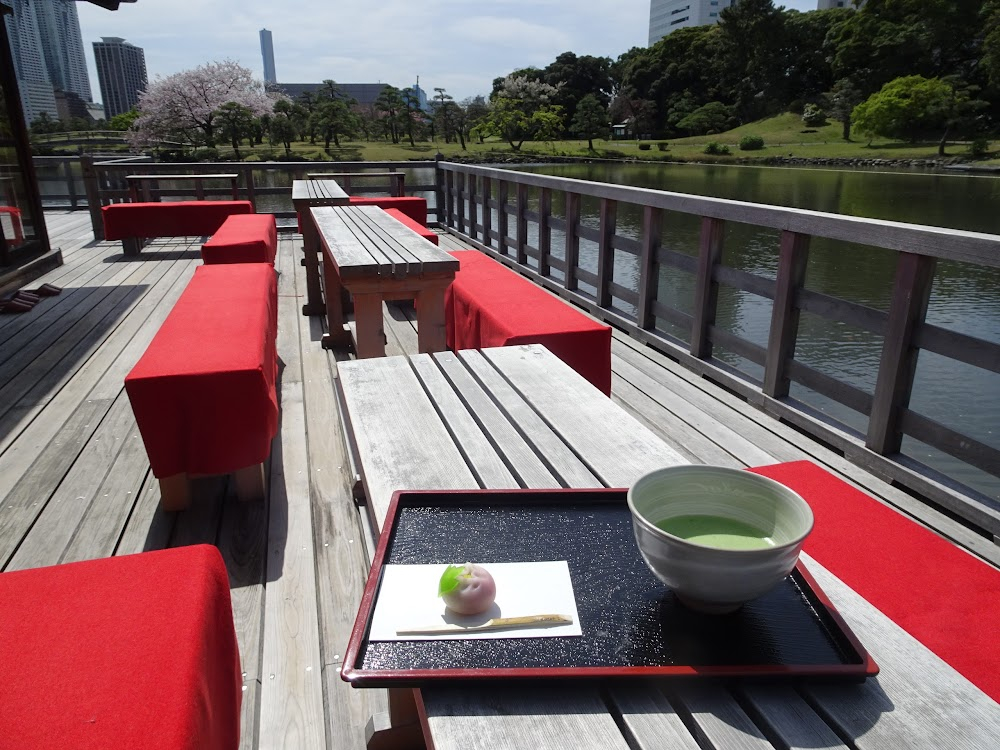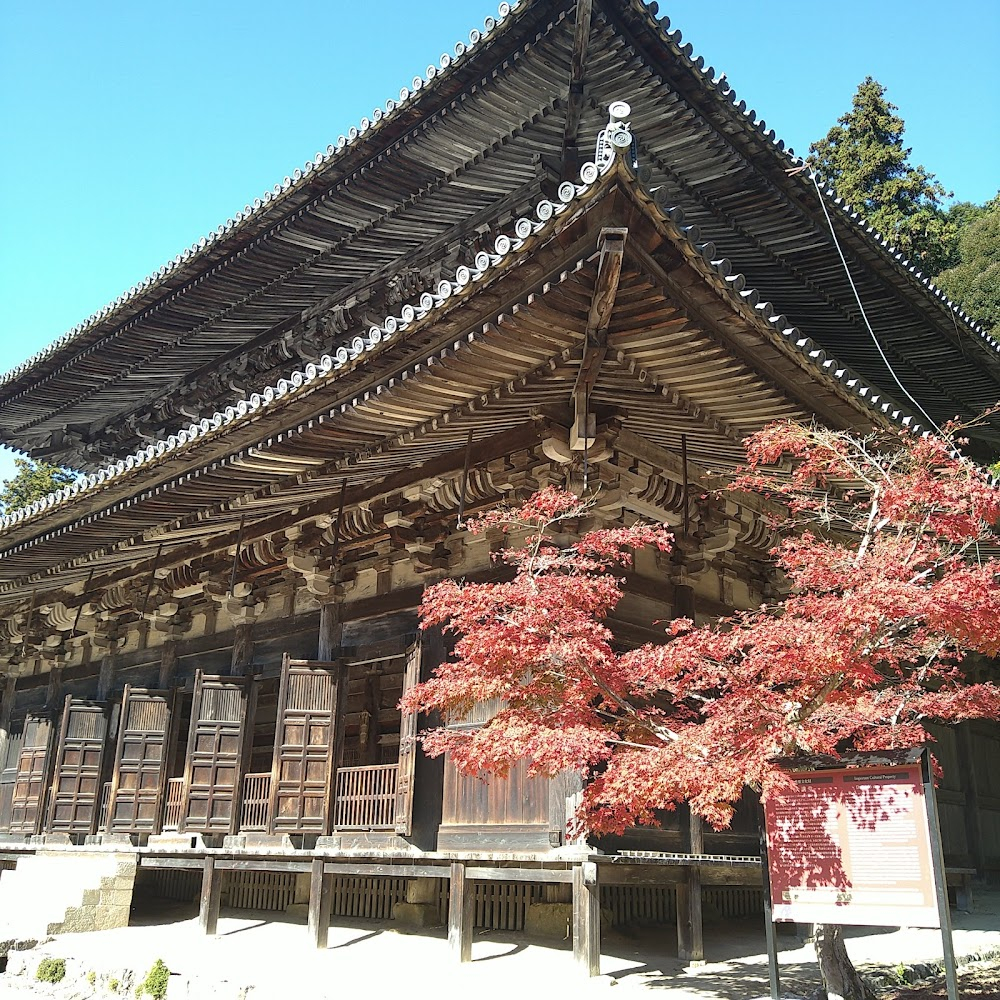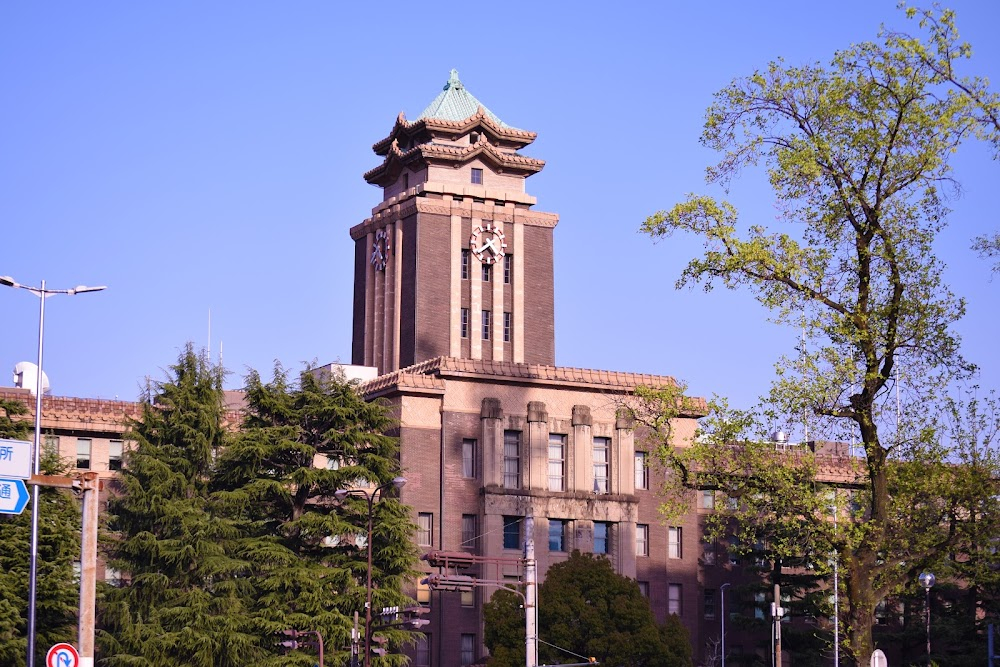Tang ren jie tan an 3 Filming Locations

Where was Tang ren jie tan an 3 filmed? Tang ren jie tan an 3 was filmed in 30 locations across Japan in the following places:
Tang ren jie tan an 3 Filming Locations
Shibuya is a special ward in the Tokyo Metropolis, Japan. A major commercial and finance center, Shibuya houses two of the busiest railway stations in the world, Shibuya Station and Shinjuku Station.
Tokyo, Japan’s busy capital, mixes the ultramodern and the traditional, from neon-lit skyscrapers to historic temples. The opulent Meiji Shinto Shrine is known for its towering gate and surrounding woods. The Imperial Palace sits amid large public gardens. The city's many museums offer exhibits ranging from classical art (in the Tokyo National Museum) to a reconstructed kabuki theater (in the Edo-Tokyo Museum).
Kasukabe is a special city located in Saitama Prefecture, Japan. As of 1 February 2021, the city had an estimated population of 233,278 in 108,328 households and a population density of 3,500 inhabitants per square kilometre. The total area of the city is 66.00 square kilometres.
Akihabara is a buzzing shopping hub famed for its electronics retailers, ranging from tiny stalls to vast department stores like Yodobashi Multimedia Akiba. Venues specializing in manga, anime, and video games include Tokyo Anime Center, for exhibits and souvenirs, and Radio Kaikan with 10 floors of toys, trading cards, and collectibles. Staff dressed as maids or butlers serve tea and desserts at nearby maid cafes.
Yokohama, a Japanese city south of Tokyo, was one of the first Japanese ports opened to foreign trade, in 1859. It contains a large Chinatown with hundreds of Chinese restaurants and shops. It’s also known for Sankei-en Garden, a botanical park containing preserved Japanese residences from different eras, and the seaside Minato Mirai district, site of the 296m Landmark Tower.
Buzzing Harajuku is renowned for colorful street art and youth fashion, with quirky vintage clothing stores and cosplay shops along Takeshita Street, and traditional, upmarket boutiques on leafy Omotesando Avenue. Small, trendy bars fill the surrounding lanes, while dessert shops and carts specialize in sweet crêpes, donuts, and bubble tea. Watari Museum of Contemporary Art hosts cutting-edge temporary exhibitions.
Narita is a city on the eastern outskirts of Tokyo, Japan. It's home to Tokyo’s Narita International Airport. In Narita's center is the centuries-old Naritasan Shinshoji Temple, a Buddhist complex with gilded pagodas and tranquil gardens. Running between Narita train station and the temple is Omotesando, a narrow street lined with colorful shops and restaurants in the style of Japan's Edo period.
Nagoya, capital of Japan’s Aichi Prefecture, is a manufacturing and shipping hub in central Honshu. The city’s Naka ward is home to museums and pachinko (gambling machine) parlors. Naka also includes the Sakae entertainment district, with attractions like the Sky-Boat Ferris wheel, which is attached to a mall. In northern Naka is Nagoya Castle, a partly reconstructed 1612 royal home displaying Edo-era artifacts.
No image or map available for this location.
Himeji is a city in the Kansai region of Japan. It’s known for the sprawling, centuries-old, white Himeji Castle, one of the few original castles from Japan’s feudal period. The top floor of the 6-story main keep offers views over the extensive castle grounds. The Nishi-no-Maru section of the complex contains royal residential quarters. Next to the castle, Kōko-en is a traditional Edo-style garden.
Tang ren jie tan an 3 (2021)
A major crime occurs in Tokyo when detectives Tang Ren and Qin Feng are invited to investigate the crime. A battle between the strongest detectives in Asia is about to break out with bursts of laughter.






